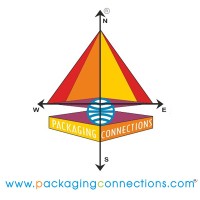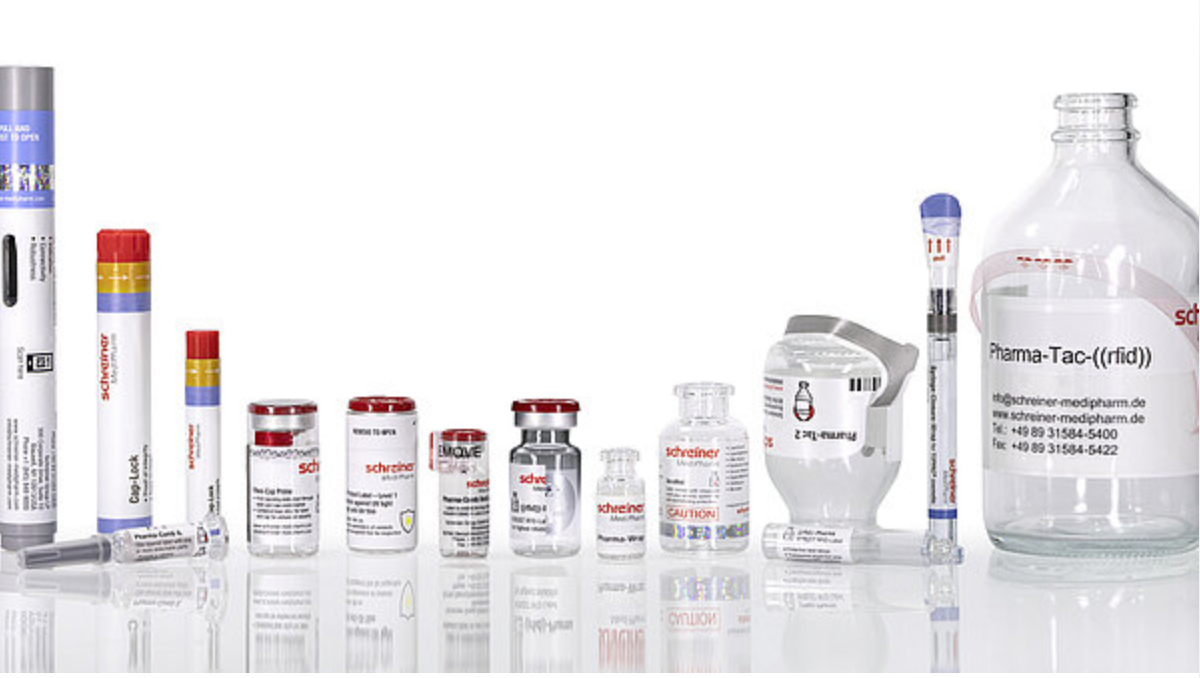
Proampac expands recyclable quad-seal pa...
ProAmpac, a leader in flexible packaging and material science, announces the launch of the newest member of the QUADF

ProAmpac, a leader in flexible packaging and material science, announces the launch of the newest member of the QUADF
After winning a prestigious sustainability award at PACK EXPO International last month for this circular solution, Be
Launched in the fall, the skincare line is made up of three products in various sizes: Reset Cleanser, Alter-Care Ser
Designed for Ricola, world’s first tinplate can made from CO2-reduced bluemint® Steel wins Gold in Sustainability, an
Hoffmann Neopac, a global provider of high-quality packaging for pharma, beauty, and oral care, has introduced a firs

The annual TLMI Label Awards Competition of the U.S.
Claranor pulsed light is a non-chemical and athermal surface process. It respects the quality of all types of materia
A proposal for a revised Packaging and Packaging Waste Regulation which the European Commission has tabled builds on
Endless sustainable materials and pack styles continue to appease the market and challenge automation simultaneously.